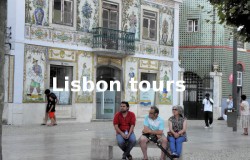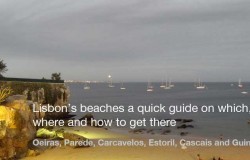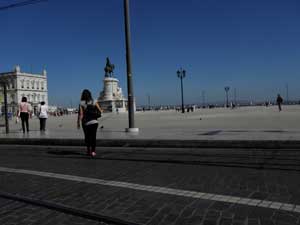.
Lisbon city, the capital of Portugal
Charming, historical and currently one the most popular tourist destinations in Europe.
Lisbon is a busy, lively and energetic city. During the summer months it is at it’s busiest visited by tourists from around the world.
In the winter it is still a popular destination for city breaks and corporate travel groups.
It is a fascinating city with a rich history. It’s cultural remains that go back to the Romans. Throughout the city monuments mark the cities place in history throughout the ages. Many romantic stories that accompany them.
Located on 7 hills overlooking the Tagus river
The city is build on the shores of the Tagus at its last stretch before reaching the sea.
The city is located close to the many famous beaches, easily reached by train from the center.
Lisbon has many interesting districts each with it’s own particular atmosphere. It is a city that caters to many different preferences and tastes.
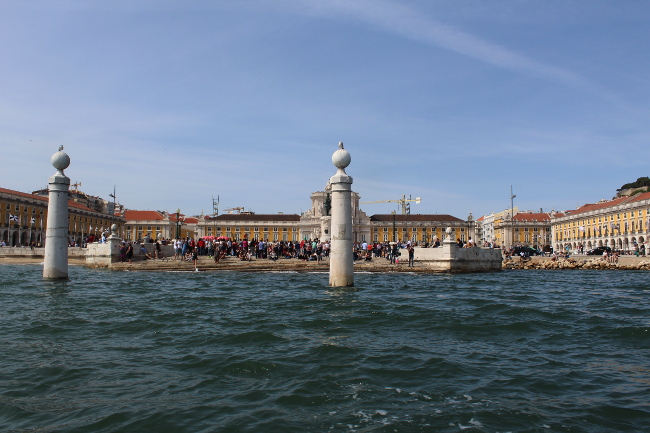
The center of Lisbon explained
This article describes the center around its 2 first inhabited hills.
The Bairro Alto, Alfama and the valleys between.
The diversity in this relatively small area is very large and provide the perfect location for a first discovery of Lisbon.
Alfama, the oldest district
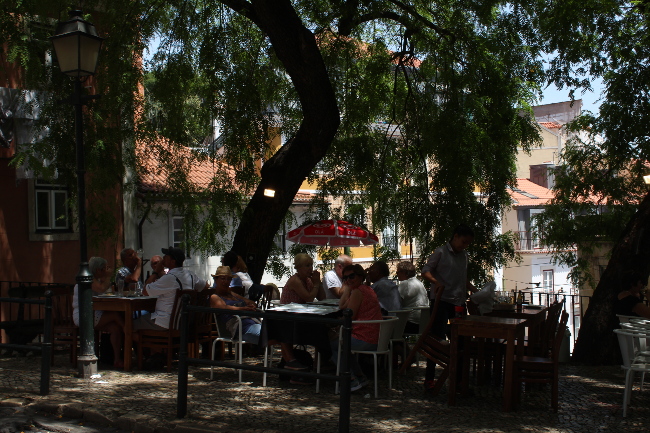
Alfama like all Portuguese words and names that start with “al” derives from the Arabic and could have come from the word Al-hamma (fountain or spring) or from the word “Alfamm” meaning mouth.
It is set on the highest of Lisbon’s hills. Moorish architecture and street plans dominate this area. Once the home of the fisherman, its rustic character still dominate.
Many will visit the area in the traditional trams that rollercoaster their way up the mountain to Alfama. It’s certainly a energetic and fast way to view Alfama but walking its tiny streets and alleys can be just as awarding.
Mountainous medieval city streets and quaint squares
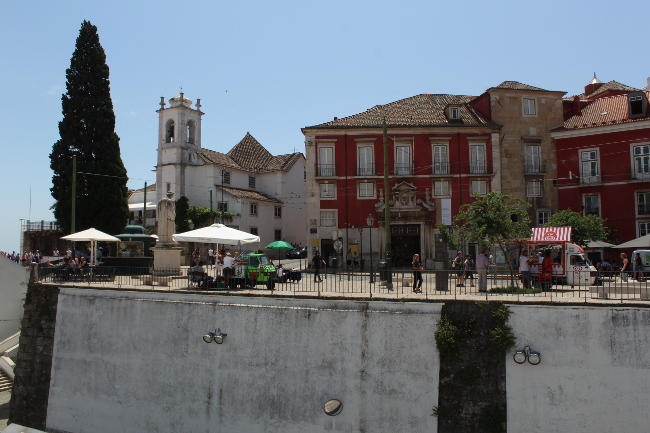
A walk up the mountain through the many routes there are from the lower center can start at the Fado museum. As you climb up the narrow streets past many small fado restaurants. The streets are covered in shade making them easier to walk on hot days. You’ll meet many friendly locals and if you’re lucky you’ll hear some singing fado just to pass the time.
Read also
 |
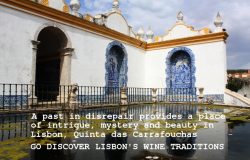 |
 |
Modern Alfama
Alfama has historically been the poorest area of Lisbon center. Once occupied by the fisherman who founded Lisbon. Currently it is a trendy area for young artists, bars with a view and fado.

Baixa, down by the river

Down town or the Baixa is the central, lower area of Lisbon it starts at the streets north of the Praça do Comércio, roughly between the Cais do Sodré and the Alfama district beneath the Lisbon Castle, and extends northwards towards the Rossio and Figueira squares and the Avenida da Liberdade. It’s a very mixed area from the Cais to Sodre which is home to much city activity that reminds of Amsterdam’s red light district all though slightly more innocent and subdued.
Cais do Sodre train station gives access to the Portuguese ‘Riviera’ and its beaches. Just 15 minutes from Lisbon, the first beach guarantees a lively location for summer fun.
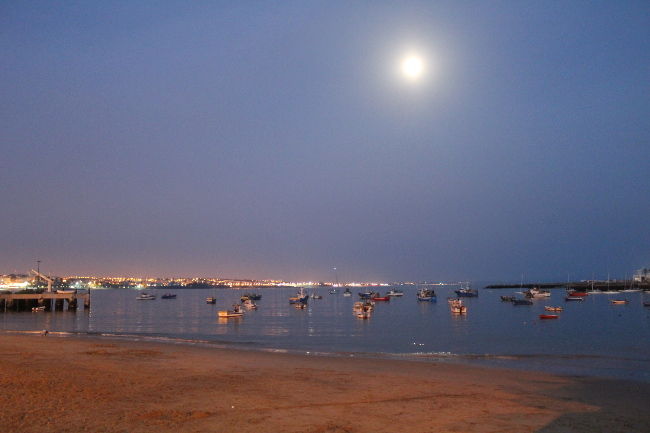
Avenida de Liberdade
Baixa reaches it’s way to the Avenida de Liberdade.
The Avenida da Liberdade is the longest of Lisbon’s avenues. It is also the most luxurious. This wide avenue is home to designer shops and 5 star hotels and a favorite shopping destination of the jet set.
The architecture of the Baixa
What has defined the architecture of the Baixa is the earthquake of 1755 which destroyed all of it. The Marques of Pombal was brought in to redesign the city plan. He decided to redesign the old center to a modernized plan.
According to his analysis concluded that the original city plan would not survive the next earthquake. The winding streets and piled buildings that still typify the centre of Porto made way to a simpler plan.
He used the opportunity to create a Lisbon centre that would better Lisbon’s and Portugal economic growth. It would become a practical commercial center for the bourgeois.
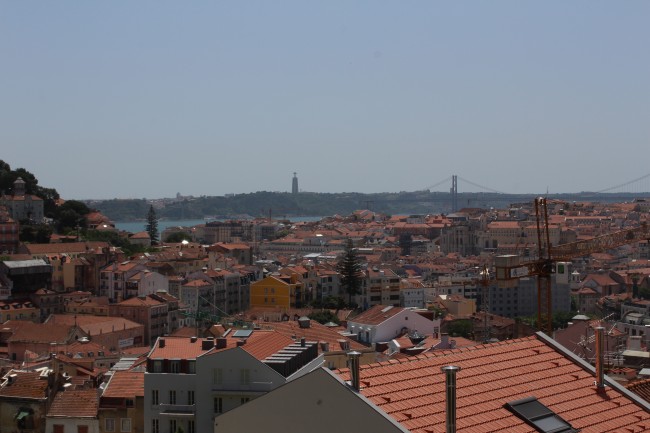
Pombal’s new street plan
The new plan would provide better circulation for the city as it made use of a rectilinear street grid system. It all starts at the Praça do Commercio. This central square that touches the Tagus. From there it split into square grids and parallel street plans.

Chiado, the noble center
From the Baixo lets move to the Chiado!
Chiado is located between the neighborhoods of Bairro Alto and Baixa Pombalina.
In 1988 a large part of the Chiado burned. The cause of the fire remains a mystery to this day.
After rebuilding Chiado became a noble location.
Though it has become increasingly flooded with tourism, it is an area worth discovering.
From Chiado you can start climbing to the higher part of our second Lisbon hill, the Bairro Alto!
Bairro Alto, trendy going out district
The Bairro Alto is beating heart of Lisbon’s nightlife. A bit to explosive for some for others its the main reason for visiting Lisbon.
Bars and restaurants of all types alternate with designer and art shops in this trendy area.
Bottle collectors and beer lorries dominate the area during the day. At night it fills up with locals and tourists alike, all with the same goal, to have a good time!
Check some other stuff
 |
 |
 |

